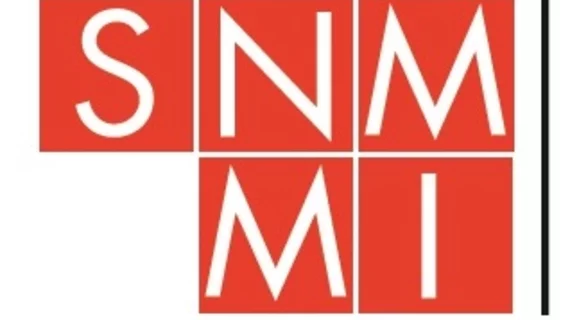SNMMI backs updated ASNC guidelines on SPECT MPI
New 2018 guidelines for myocardial perfusion imaging (MPI) protocols on conventional and novel single photon emission computed tomography (SPECT) for nuclear cardiology practitioners has received praise from the Society for Nuclear Medicine and Molecular Imaging (SNMMI), according to a June 20 press release.
“ASNC Imaging Guidelines: Single Photon Emission Computed Tomography (SPECT) Myocardial Perfusion Imaging—Instrumentation, Acquisition, Processing and Interpretation” were put out by the American Society of Nuclear Cardiology and published in the Journal of Nuclear Cardiology.
Outlined in the document are updates on novel hardware, collimators and cadmium zinc telluride (CZT) scanners. Also included are new sections on reduced count density reconstruction techniques, SPECT myocardial blood flow quantification, stress-first/stress-only imaging and patient-centered myocardial perfusion imaging, according to the release.
“It highlights very important advances in contemporary SPECT MPI while also providing guidance on best practices for performing high-quality, patient-centered imaging for optimal results that will have a meaningful impact on patient management and outcomes,” said Panithaya Chareonthaitawee, MD, co-author and president of the SNMMI Cardiovascular Council. “The document will be an extremely valuable resource for members of ASNC, SNMMI, and the nuclear cardiology community.”

